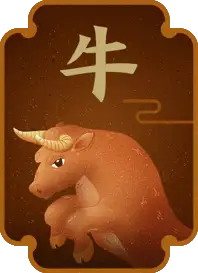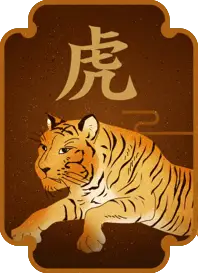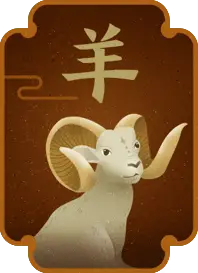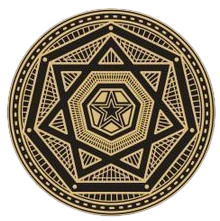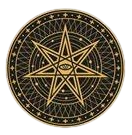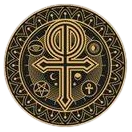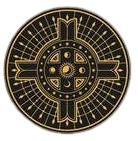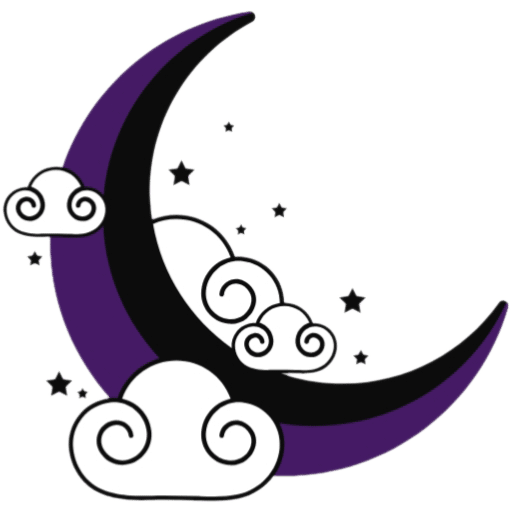WELCOME TO BLESSINGLUCK.COM
Enter the world of horoscopes, zodiac signs, and tarots.
WELCOME TO BLESSINGLUCK.COM
Your life turns bright and clear once you learn how it is influenced by the nature!
The origin of the twelve constellations can be traced back to ancient Babylon, where people observed the heavens and divided the starry sky into different regions. Based on the changes they observed in the stars and constellations, ancient Babylonian astronomers divided the year into twelve months and assigned each month to a constellation.
The ancient Greeks then developed this system further by giving each constellation a mythological story and character traits. They defined people’s dates of birth based on the position of the sun in each of the twelve signs of the zodiac, resulting in the twelve constellations commonly used in modern astrology.
The Chinese Zodiac originated in ancient China, dating back to around 2000 BC. It is a cyclical system symbolized by twelve animals, each representing a year, and the whole cycle lasts 12 years.
Legend has it that the Jade Emperor held a contest to select the animals that would represent the year, and the result was that the order of the Chinese zodiac signs was determined by the rankings of the contest, and that each zodiac sign had a unique symbolism and character trait, and was closely related to the Chinese Lunar Calendar.
Not only are the signs of the zodiac used to calculate ages and years, they also play an important role in folklore, festivals and cultural practices, especially during the Lunar New Year.




















